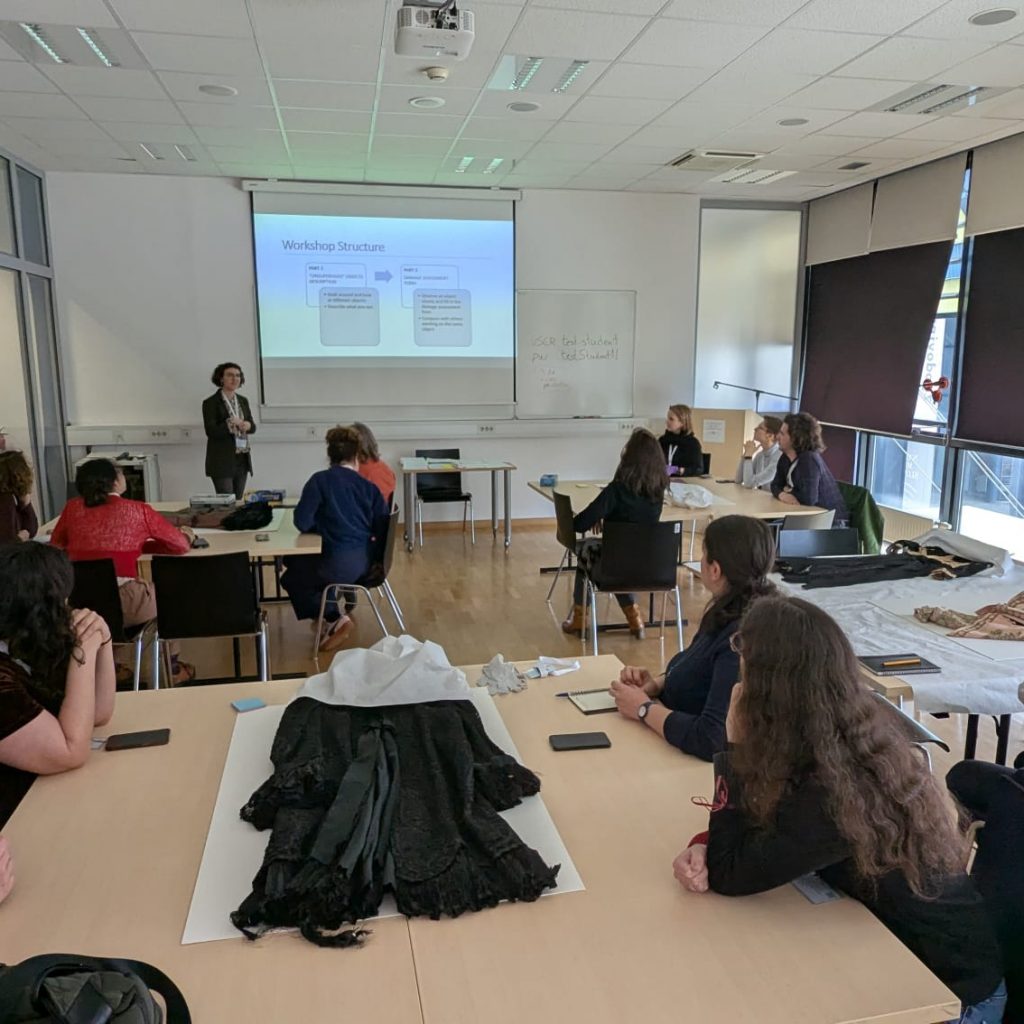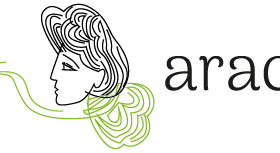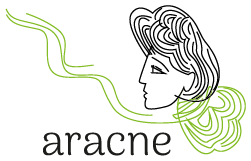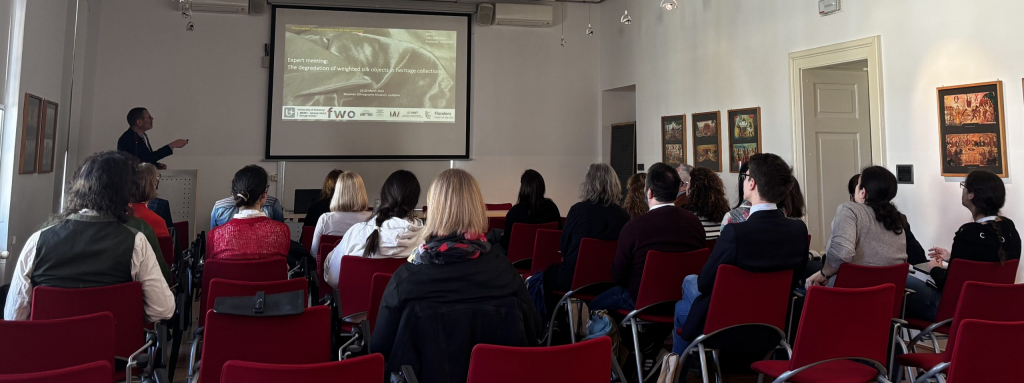
The ARACNE team from the University of Maribor participated in the SAFESILK expert meeting, which is part of the SAFESILK research project, an FWO/ARIS funded WEAVE project and was jointly organized by the University of Antwerp (ARCHES), Belgium and the University of Ljubljana (FKKT), Slovenia.
The workshop brought together an interdisciplinary group of researchers and conservators from the University of Antwerp, Heritage Science Laboratory of the University of Ljubljana, University of Maribor, University of Glasgow, University of Insubria, Jagiellonian University, SIMM Laboratory, as well as from leading cultural institutions such as Kunstmuseum Den Haag, Centre for Conservation and Restoration CCR ‘La Venaria Reale’, Rijksmuseum Amsterdam, and the Regional Museum Ptuj-Ormož.
Held at the Slovene Ethnographic Museum in Ljubljana on Monday, 24th, and Tuesday, 25th March 2025, the event brought together researchers and scholars working in the preservation of historical metal salt-treated silk fabrics. In the 19th c., a treatment with metals salts was introduced for dyeing and increasing weight. The presence of these reactive substances in close proximity to the vulnerable base material resulted in a significant number of degrading silk objects in present-day heritage collections. This research of SafeSILK aims at understanding, preventing and treating affected objects by combining the partners’ expertise on chemical analysis, historical technology, collection management and conservation treatment.
Advanced analytical techniques—including XRF, ATR-FTIR spectroscopy, SEM-EDX microscopy and biochemical analyses—are used to study the chemical and physical changes in silk under various aging conditions. The main objective of the project is to develop a practical decision-making tool to support daily museum collection management.
The expert meeting served as a platform for exchanging the latest insights into the deterioration, and conservation of historical silk textiles. In addition to the scientific sessions, participants also enjoyed a guided tour through the National Museum of Slovenia.
Silvo Hribernik presented the main objectives and key achievements of the ARACNE project, emphasizing the University of Maribor team’s research on developing new applications for silk using nanostructured materials. He also introduced the ongoing inventory of local mulberry varieties and silkworm races within European germplasm collections. Additionally, he highlighted efforts to catalogue mulberry trees in former sericultural regions and identify cultural heritage points of interest, as part of school-based educational activities.
Andreja Rudolf showcased research focused on innovative design solutions in silk fashion. Her presentation included current research activities on the development of virtual replicas of silk garments that are part of the clothing heritage.
For more information please visit:
| Antwerp Cultural Heritage Sciences | University of Antwerp



